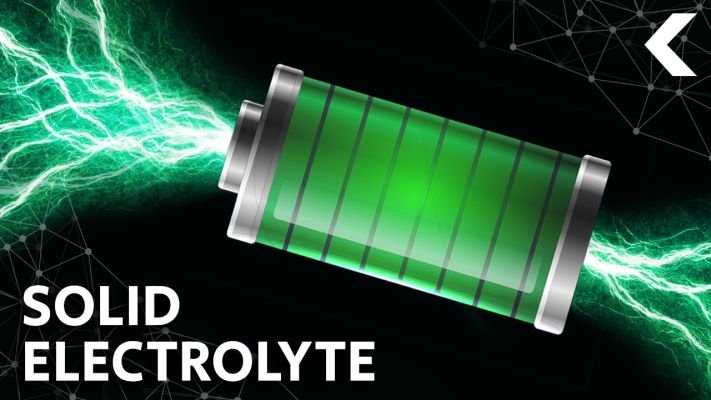John Goodenough invented the lithium-ion battery. He has never won the Nobel Prize for creating the basic building block of the technology. Goodenough, who is now 95, continues to pursue his latest quest — the solid-state lithium battery. 
The new batteries has double the energy density of existing lithium-ion batteries. What’s more, they are said to actually achieve an increase in capacity while being charged and discharged.
But here’s the most extraordinary claim of all. Goodenough and his fellow researchers say their batteries can last for more than 23,000 charge/discharge cycles. A typical lithium-ion battery today can be charged and discharged several thousand times at most before its performance degrades, considerably less than 23,000.
 The use of an alkali-metal anode (lithium, sodium or potassium) — which isn’t possible with conventional batteries — increases the energy density of a cathode and delivers a long cycle life. In experiments, the researchers’ cells have demonstrated more than 1,200 cycles with low cell resistance.
The use of an alkali-metal anode (lithium, sodium or potassium) — which isn’t possible with conventional batteries — increases the energy density of a cathode and delivers a long cycle life. In experiments, the researchers’ cells have demonstrated more than 1,200 cycles with low cell resistance.
Additionally, because the solid-glass electrolytes can operate, or have high conductivity, at -20 degrees Celsius, this type of battery in a car could perform well in subzero degree weather. This is the first all-solid-state battery cell that can operate under 60 degree Celsius.
However other researchers doubt this claim and say till date they have never encountered a rise, rather than a decline, in capacity as a battery is cycled. Then again, lots of scientists once thought airplanes couldn’t fly or that the sun revolves around the Earth.
“We’ll have to wait and see.”






